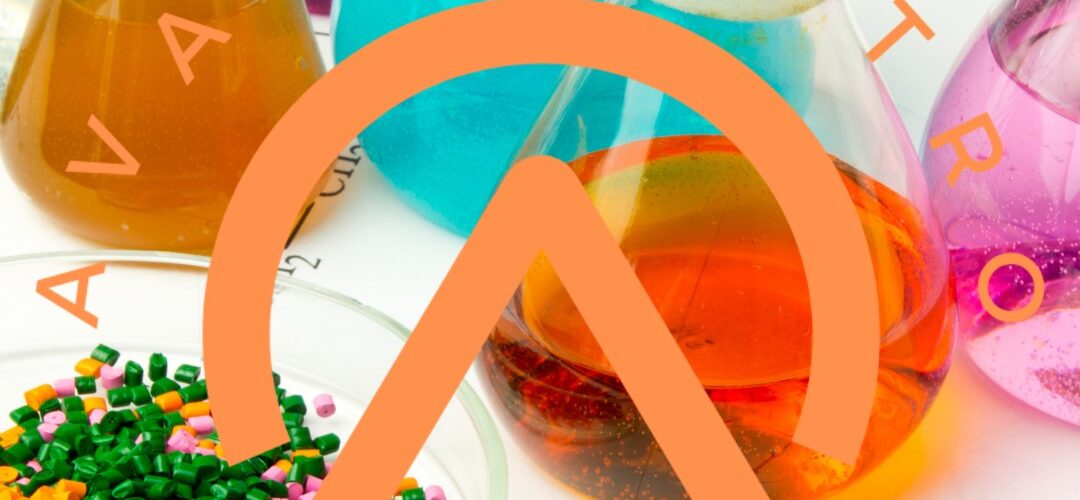The Process of Plastic Production: From Raw Materials to Finished Goods
Introduction
In the modern world, plastic has become an indispensable material in various industries, ranging from packaging to construction. Understanding the process of plastic production, from the conversion of raw materials to the final products, is essential for anyone involved in manufacturing or utilizing plastic goods. In this comprehensive guide, we will delve into the intricate details of plastic production and the stages involved in transforming raw materials into usable plastic items.
Raw Material Sourcing
Acquiring Petrochemicals
The journey of plastic production begins with the sourcing of raw materials, primarily petrochemicals. Petrochemicals are derived from crude oil or natural gas through a complex refining process. These hydrocarbons serve as the building blocks for various types of plastics, including polyethylene, polypropylene, and PVC (polyvinyl chloride).
Recycling and Sustainability Efforts
In recent years, there has been a growing emphasis on sustainability within the plastics industry. Recycling initiatives play a crucial role in reducing the environmental impact of plastic production. Recycled plastics, known as post-consumer resin (PCR), are increasingly being incorporated into the manufacturing process, thereby reducing the reliance on virgin materials and minimizing waste.
Polymerization Process
Polymerization Techniques
Once the raw materials are obtained, they undergo a series of chemical processes to form polymers—the basic units of plastic. Polymerization involves the bonding of monomers to create long chains of repeating molecular units. There are various techniques for polymerization, including:
- Polymerization Initiation: Initiators, such as catalysts or heat, kickstart the polymerization reaction by breaking chemical bonds within the monomers.
- Chain Growth Polymerization: Monomers continuously add to the growing polymer chains, resulting in high molecular weight polymers.
- Step Growth Polymerization: Monomers react in pairs, forming dimers, trimers, and eventually, long polymer chains.
Types of Polymers
The specific polymerization process employed depends on the desired properties of the final plastic product. Different types of polymers exhibit distinct characteristics, such as flexibility, durability, and heat resistance. Common types of polymers include:
- Thermoplastics: These polymers can be melted and reshaped multiple times without undergoing chemical degradation. Examples include polyethylene, polypropylene, and polystyrene.
- Thermosets: Thermosetting polymers undergo irreversible chemical reactions during curing, resulting in a rigid and heat-resistant structure. Epoxy resins and phenolic plastics are typical examples of thermosets.
Molding and Forming
Injection Molding
Injection molding is a widely used manufacturing process for producing plastic components with intricate shapes and precise dimensions. The process involves injecting molten plastic material into a mold cavity, where it cools and solidifies to form the desired part. Injection molding offers several advantages, including high production efficiency, minimal material waste, and the ability to create complex geometries.
Extrusion
Extrusion is another common method used in plastic production, particularly for creating continuous profiles or sheets of plastic. During extrusion, raw plastic material is forced through a die, resulting in a continuous stream of plastic that can be shaped and cooled into various forms. Extruded plastic products range from pipes and tubes to film and sheeting used in packaging applications.
Finishing and Quality Control
Surface Treatment
Once the plastic components are formed, they may undergo additional processes to improve their surface properties or aesthetic appeal. Surface treatments such as painting, coating, or printing can enhance the appearance, durability, and functionality of plastic products.
Quality Assurance
Quality control measures are integral to ensuring that plastic products meet the required standards and specifications. Inspections, testing, and monitoring are conducted throughout the production process to identify any defects or deviations from the desired quality criteria. By maintaining stringent quality assurance protocols, manufacturers can deliver reliable and consistent plastic products to their customers.
Conclusion
In conclusion, the production of plastic involves a multifaceted process that encompasses raw material sourcing, polymerization, molding, and finishing stages. By understanding the intricacies of plastic production and embracing sustainable practices, manufacturers can optimize efficiency, minimize waste, and meet the evolving needs of consumers in an increasingly environmentally conscious world.
Written by Emir Narin

